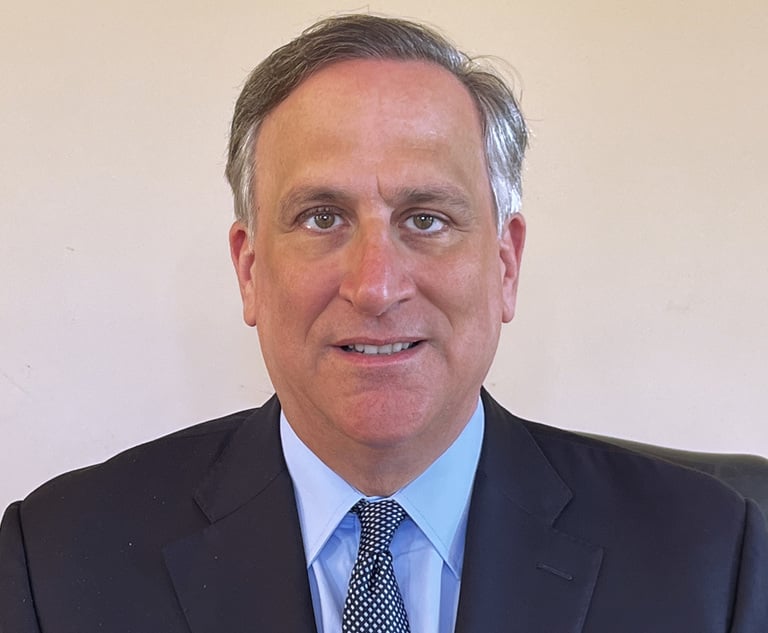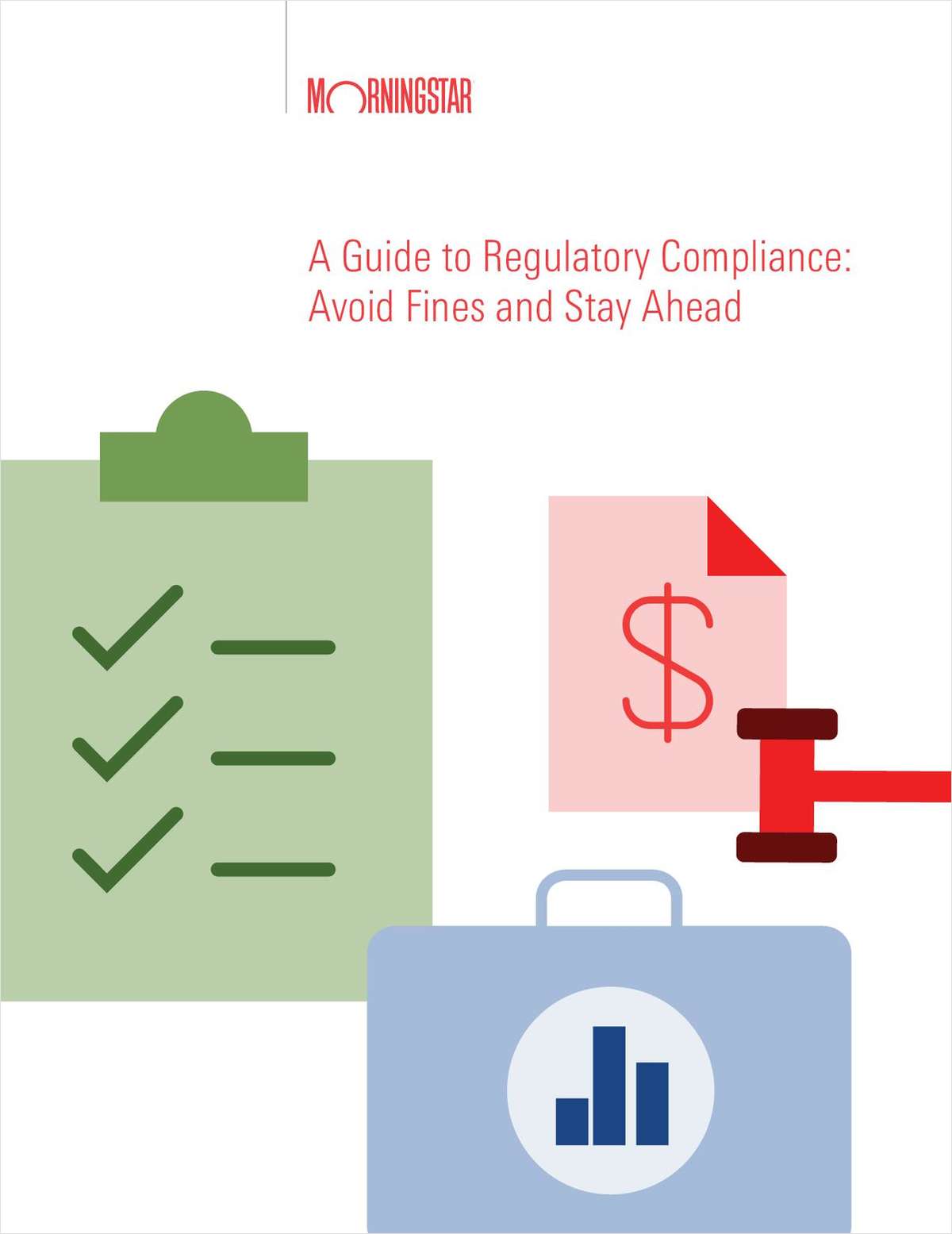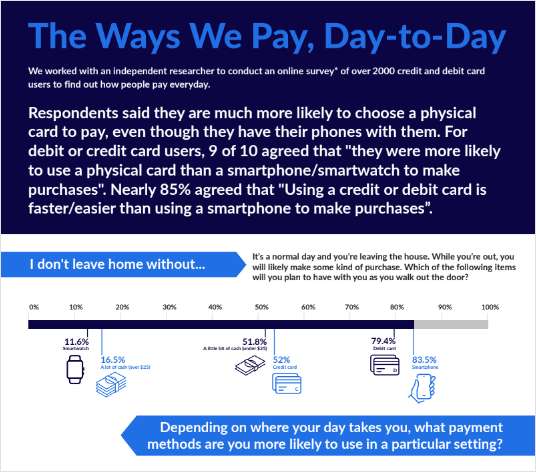 Goldfish sleeve tattoo. (Photo courtesy of Jeff Mansolf, Clockwork Tattoo and Art Gallery, Middletown)
Goldfish sleeve tattoo. (Photo courtesy of Jeff Mansolf, Clockwork Tattoo and Art Gallery, Middletown)Tattoos Are Protected Speech, Too
“The principal difference between a tattoo and, for example, a pen-and-ink drawing, is that a tattoo is engrafted onto a person's skin rather than drawn on paper. This distinction has no significance in terms of the constitutional protection afforded the tattoo."—Ninth Circuit
August 16, 2019 at 06:20 AM
6 minute read
The field of land-use planning and zoning is often a battleground for constitutional rights. Among the panoply of issues fought over are procedural due process, substantive due process, equal protection, inverse condemnation, privacy and search-and-seizure. Chief among them in terms of impact and interest are First Amendment issues.
The Religious Land Use and Institutionalized Persons Act (RLUIPA) is an example. That statute has helped push debate over the free exercise and establishment clauses to the forefront of local controversies regarding the siting of religious institutions. At the other end of the moral spectrum, there continue to be disputes over where sex businesses should go, as in the recent Third Circuit decision in Sutton v. Chanceford Township upholding a narrowly tailored, content-neutral adult entertainment zoning ordinance that left open adequate alternative channels of communication.
And over on the sign front, we continue to have fallout from the U.S. Supreme Court’s decision in Reed v. Town of Gilbert, Arizona (2015) barring virtually all content-based sign regulation, leaving local governments and those who want to put up signs trying to figure out how to make it all work.
But perhaps the most interesting and entertaining First Amendment land-use issue we have is the protection of tattoo parlors as places of First Amendment free speech. Yes, injecting colored inks under the skin is protected speech.
These cases, of which there have been several in the last two decades, arise when the hopeful proprietor of a tattoo parlor discovers such businesses are totally prohibited in a municipality; or they are so restricted that they could never succeed in permitted locations—usually industrial areas—or the proprietor is denied a site plan or special permit for a location.
Our attention to the issue arose with the Ninth Circuit’s decision in Anderson v. City of Hermosa Beach, 621 F.3d 1051 (9th Cir. 2010), a case of first impression, where the court noted:
“The principal difference between a tattoo and, for example, a pen-and-ink drawing, is that a tattoo is engrafted onto a person’s skin rather than drawn on paper. This distinction has no significance in terms of the constitutional protection afforded the tattoo; a form of speech does not lose First Amendment protection based on the kind of surface it is applied to. It is true that the nature of the surface to which a tattoo is applied and the procedure by which the tattoo is created implicate important health and safety concerns that may not be present in other visual arts, but this consideration is relevant to the governmental interest potentially justifying a restriction on protected speech, not to whether the speech is constitutionally protected. We have little difficulty recognizing that a tattoo is a form of pure expression entitled to full constitutional protection.”
The most recent case is Weaver v. City of Montebello, 370 F.Supp.3d 1130 (C.D. Cal. 2019). Katherine Weaver wanted to open a tattoo studio in Montebello, California, a small city eight miles East of downtown Los Angeles, with a population of 63,500 people. The Montebello zoning code regulates body art establishments, which it defines “as any premises or establishment, or facility incidental thereto, which performs body piercing, tattooing, branding, or application of permanent cosmetics” and prohibits them from being located within 1,000 feet of certain “sensitive uses” such as residences, schools, places of religious assembly, libraries, public parks, or any city-owned facility. This is the same sort of separation or distancing requirement we often see with sex businesses.
The net result is that the Montebello zoning code relegates tattoo shops to two small shopping centers that Katherine Weaver found to be unsatisfactory in terms of her business. In her pleadings requesting a temporary injunction, which the court ultimately granted, she noted that tattoo businesses do not depend on foot traffic and cannot afford the high rents of the typical shopping centers. In short, she had no place to go.
On top of that, she had to get a conditional use permit, the same as what is sometimes called a special use permit or special exception, and that permit is discretionary and had several subjective criteria.
The pièce de résistance of this regulatory scheme is that if you operate a tattoo parlor in Montebello in violation of the code, you can be charged with a misdemeanor, punishable by up to six months in jail and a $1,000 fine.
In granting the temporary injunction, the court first cited Anderson v. City of Hermosa Beach and two other cases that recognize operating a tattoo studio is protected First Amendment activity. Even though the business of tattooing may not be expressive conduct, the process is, and a tattoo shop owner could bring an as-applied or facial First Amendment challenge when the regulatory scheme prohibits or restricts that activity. The court noted the conditional use permit requirement likely vested local officials with unbridled discretion, and the conditional use permit procedures provided insufficient safeguards against prior restraint.
Finally, and this goes to the heart of nearly all land-use regulation, the court found the city of Montebello did not adequately show how this regulation advanced its police power interest in protecting the public’s health, safety and general welfare.
The lesson for local governments is they need to provide adequate channels of communication for this type of expression in the form of a reasonable number of available sites in locations where the businesses can succeed. Regulations should minimize discretion by decision-making authorities. Care must be taken to avoid chilling the speech with criminal sanctions. Remember, violations of federal constitutional rights may be brought in state or federal court under the Civil Rights Act of 1871, 42 USC Sec. §1983, and that law includes a companion provision that allows for the recovery of attorneys’ fees by successful plaintiffs.
Attorney Dwight Merriam is a member of the Connecticut Law Tribune’s editorial board.
This content has been archived. It is available through our partners, LexisNexis® and Bloomberg Law.
To view this content, please continue to their sites.
Not a Lexis Subscriber?
Subscribe Now
Not a Bloomberg Law Subscriber?
Subscribe Now
NOT FOR REPRINT
© 2025 ALM Global, LLC, All Rights Reserved. Request academic re-use from www.copyright.com. All other uses, submit a request to [email protected]. For more information visit Asset & Logo Licensing.
You Might Like
View All
ADVANCE Act Offers Conn. Opportunity to Enhance Carbon-Free Energy and Improve Reliability With Advanced Nuclear Technologies

Trending Stories
Who Got The Work
Michael G. Bongiorno, Andrew Scott Dulberg and Elizabeth E. Driscoll from Wilmer Cutler Pickering Hale and Dorr have stepped in to represent Symbotic Inc., an A.I.-enabled technology platform that focuses on increasing supply chain efficiency, and other defendants in a pending shareholder derivative lawsuit. The case, filed Oct. 2 in Massachusetts District Court by the Brown Law Firm on behalf of Stephen Austen, accuses certain officers and directors of misleading investors in regard to Symbotic's potential for margin growth by failing to disclose that the company was not equipped to timely deploy its systems or manage expenses through project delays. The case, assigned to U.S. District Judge Nathaniel M. Gorton, is 1:24-cv-12522, Austen v. Cohen et al.
Who Got The Work
Edmund Polubinski and Marie Killmond of Davis Polk & Wardwell have entered appearances for data platform software development company MongoDB and other defendants in a pending shareholder derivative lawsuit. The action, filed Oct. 7 in New York Southern District Court by the Brown Law Firm, accuses the company's directors and/or officers of falsely expressing confidence in the company’s restructuring of its sales incentive plan and downplaying the severity of decreases in its upfront commitments. The case is 1:24-cv-07594, Roy v. Ittycheria et al.
Who Got The Work
Amy O. Bruchs and Kurt F. Ellison of Michael Best & Friedrich have entered appearances for Epic Systems Corp. in a pending employment discrimination lawsuit. The suit was filed Sept. 7 in Wisconsin Western District Court by Levine Eisberner LLC and Siri & Glimstad on behalf of a project manager who claims that he was wrongfully terminated after applying for a religious exemption to the defendant's COVID-19 vaccine mandate. The case, assigned to U.S. Magistrate Judge Anita Marie Boor, is 3:24-cv-00630, Secker, Nathan v. Epic Systems Corporation.
Who Got The Work
David X. Sullivan, Thomas J. Finn and Gregory A. Hall from McCarter & English have entered appearances for Sunrun Installation Services in a pending civil rights lawsuit. The complaint was filed Sept. 4 in Connecticut District Court by attorney Robert M. Berke on behalf of former employee George Edward Steins, who was arrested and charged with employing an unregistered home improvement salesperson. The complaint alleges that had Sunrun informed the Connecticut Department of Consumer Protection that the plaintiff's employment had ended in 2017 and that he no longer held Sunrun's home improvement contractor license, he would not have been hit with charges, which were dismissed in May 2024. The case, assigned to U.S. District Judge Jeffrey A. Meyer, is 3:24-cv-01423, Steins v. Sunrun, Inc. et al.
Who Got The Work
Greenberg Traurig shareholder Joshua L. Raskin has entered an appearance for boohoo.com UK Ltd. in a pending patent infringement lawsuit. The suit, filed Sept. 3 in Texas Eastern District Court by Rozier Hardt McDonough on behalf of Alto Dynamics, asserts five patents related to an online shopping platform. The case, assigned to U.S. District Judge Rodney Gilstrap, is 2:24-cv-00719, Alto Dynamics, LLC v. boohoo.com UK Limited.
Featured Firms
Law Offices of Gary Martin Hays & Associates, P.C.
(470) 294-1674
Law Offices of Mark E. Salomone
(857) 444-6468
Smith & Hassler
(713) 739-1250












